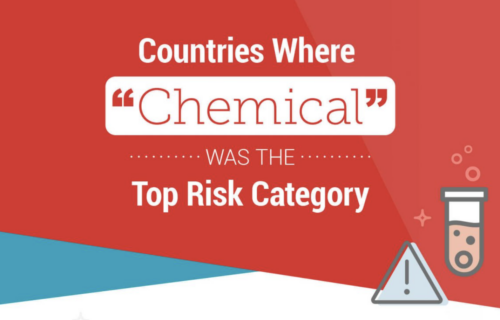Approximately a quarter of the 2,243 dangerous product reports sent throughout the European Commission in 2019 were related to chemical risks.
The European Commission released the 2019 report on the Rapid Alert System (RAPEX) for dangerous non-food products. The system circulates information on dangerous products sold in the European Union (EU), either in brick and mortar stores or online, (but excluding food, pharmaceutical, and medical devices) between EU member states.
Dangerous product reports related to chemical risks, at 23 percent of all notifications, fell just behind injuries at 27 percent, EU-wide. These notifications were most likely to be related to toys (29 percent) and motor vehicles (23 percent). Once a notification has been registered, member states will often try and find the product within their own market, and report back on the follow-ups taken.
The report also tracks countries of origin, where possible, finding that approximately half of the alerts issued in 2019 were related to products that came from China (including Hong Kong).
Chemical Risk as the Top Category
The annual report broke down notifications issued by country, finding that for many EU countries, chemical risks were the most commonly reported.
Based on the EU Rapid Alert System for dangerous non-food product 2019 results.
Austria — 24%
Croatia — 24%
Czechia — 55%
Estonia — 71%
Finland — 34%
Iceland — 33%
Italy — 59%
Latvia — 31%
Lithuania — 33%
Luxembourg — 43%
Norway — 94%
Slovakia — 33%
Slovenia — 32%
Sweden — 48%
Chemical Risks Found in Toys, Inks
Chemical risks, such as chemicals classified as damaging to reproductive health and carcinogens, are commonly reported in children’s products, like toys. The report cited phthalates in plastic dolls, boron in slime toys, and loose batteries as commonly-reported risks in products designed for children.
Carcinogens in inks, found in products that include tattoo inks, cosmetics, and toys, were also commonly reported. According to the report, chemicals detected in tattoo inks can include polycyclic aromatic hydrocarbons, benzo[a]pyrene, cadmium, and lead, or a mixture of several chemicals.
Managing Risk
No company wants to be subject to a product alert and/or recall across the EU. It’s important to monitor products sold in the EU, even online, for regulated chemicals. Assent’s solution allows companies to collect and manage substance data to mitigate these risks. To learn more, contact our experts.











